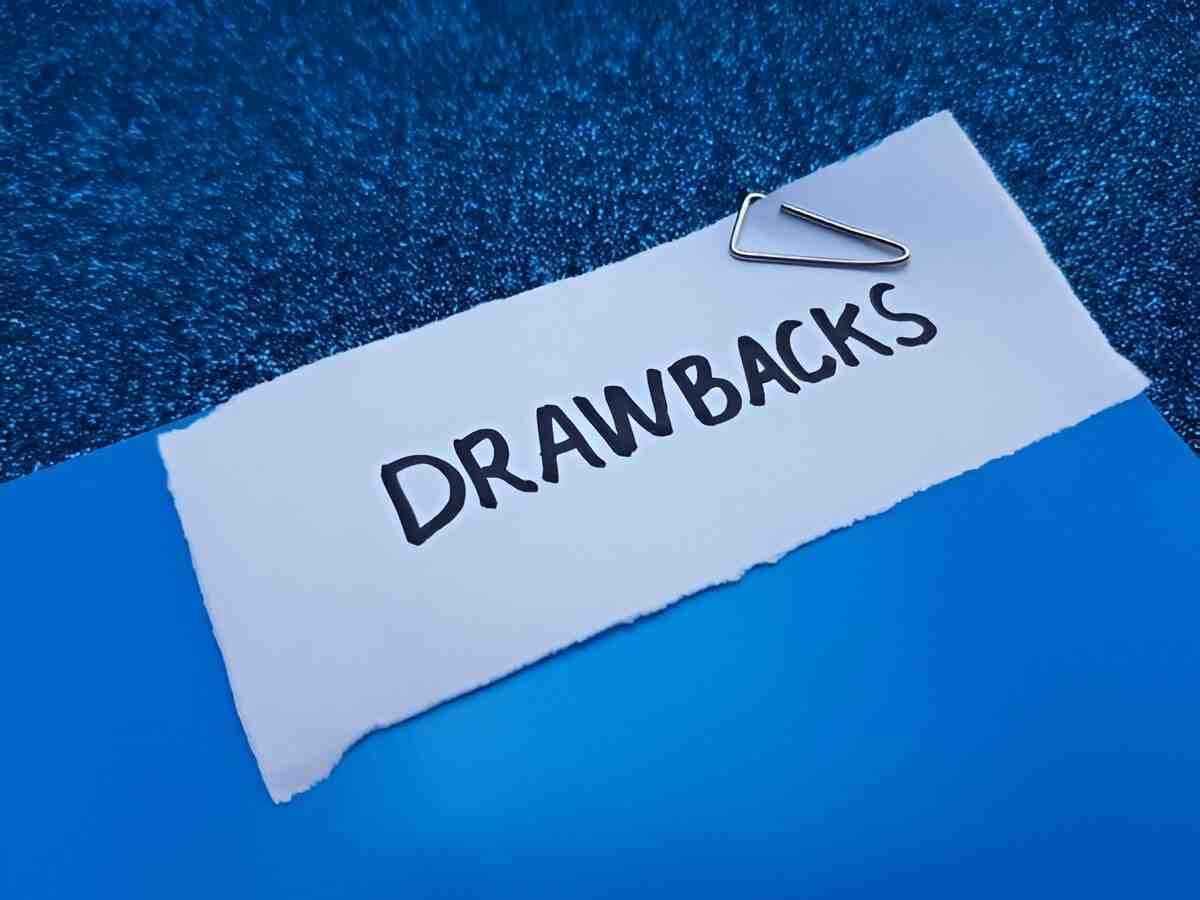In business and trade, drawback refers to a refund of certain duties, taxes, or fees paid on imported goods when those goods are subsequently exported or used in the manufacturing of exported products. This mechanism aims to promote exports by reducing the cost burden on businesses engaged in international trade. This article explores the definition, examples, and implications of drawbacks, highlighting its significance in global commerce and regulatory frameworks.
Table of Contents
What is Drawback?
Definition
Drawback is a financial refund or rebate provided by governments to businesses or individuals for certain customs duties, taxes, or fees paid on imported goods that are later exported or used in the production of goods for exportation. It serves as an incentive to encourage exports and support domestic industries engaged in international trade.
Key Points about Drawback
- Refund Mechanism: It involves the repayment of customs duties, taxes, or fees previously paid on imported goods.
- Export Promotion: Drawbacks aim to lower production costs for exporters, enhancing competitiveness in global markets.
- Regulatory Compliance: Businesses must comply with specific criteria and procedures set by customs authorities to qualify for drawback benefits.
How Drawback Works
1. Importation of Goods
Initially, goods are imported into a country, and customs duties, taxes, or fees are paid upon entry.
2. Exportation or Manufacturing for Export
If these imported goods are subsequently exported without substantial modification, or if they are used in the manufacturing process of products that are exported, businesses may qualify for drawback.
3. Claiming Drawback
Businesses must file a claim with customs authorities, providing evidence that imported goods were indeed exported or used in export-oriented production.
Examples of Drawback
Example: Clothing Manufacturing
- Scenario: A clothing manufacturer imports fabric into the country and pays customs duties upon arrival.
- Export Production: The manufacturer uses this fabric to produce garments that are later exported to international markets.
- Drawback Application: The manufacturer applies for drawback, seeking a refund of the customs duties paid on the imported fabric used in the exported garments.
Types of Drawback
1. Direct Drawback
Refund of duties, taxes, or fees paid on imported goods that are directly exported without undergoing substantial processing or alteration.
2. Indirect Drawback
Refund of duties, taxes, or fees paid on imported goods that are used as inputs in the manufacturing process of goods that are subsequently exported.
Reasons for Implementing Drawback
1. Export Promotion
Drawbacks incentivize exports by reducing the cost of imported materials or components used in export-oriented production.
2. Competitiveness
By lowering production costs for exporters, drawbacks enhance their competitiveness in international markets, fostering economic growth and trade.
3. Industry Support
Drawbacks support domestic industries engaged in manufacturing and exporting, contributing to job creation and economic development.
Impact of Drawback
1. Cost Savings
Businesses benefit from reduced production costs, resulting in higher profitability and improved cash flow.
2. Trade Facilitation
Drawbacks simplify trade procedures and compliance requirements for businesses engaged in global commerce.
3. Government Revenue
While drawbacks reduce revenue from customs duties and taxes, they stimulate economic activity and contribute to overall trade volume.
Drawback Regulations and Compliance
1. Documentation
Businesses must maintain accurate records and documentation to substantiate claims for drawback.
2. Customs Procedures
Customs authorities enforce specific procedures and timelines for filing drawback claims to ensure compliance with regulatory requirements.
3. Audit and Verification
Periodic audits and verification by customs authorities prevent misuse of drawback provisions and ensure transparency in trade practices.
Conclusion
Drawback plays a pivotal role in international trade, providing financial incentives to businesses engaged in exporting goods or producing goods for exportation. By refunding customs duties, taxes, or fees paid on imported inputs used in export-oriented activities, drawbacks promote competitiveness, support economic growth, and facilitate trade. Understanding the mechanics and benefits of drawbacks enables businesses to leverage these incentives effectively, optimize cost structures, and expand their global market presence while complying with regulatory frameworks governing international trade.





